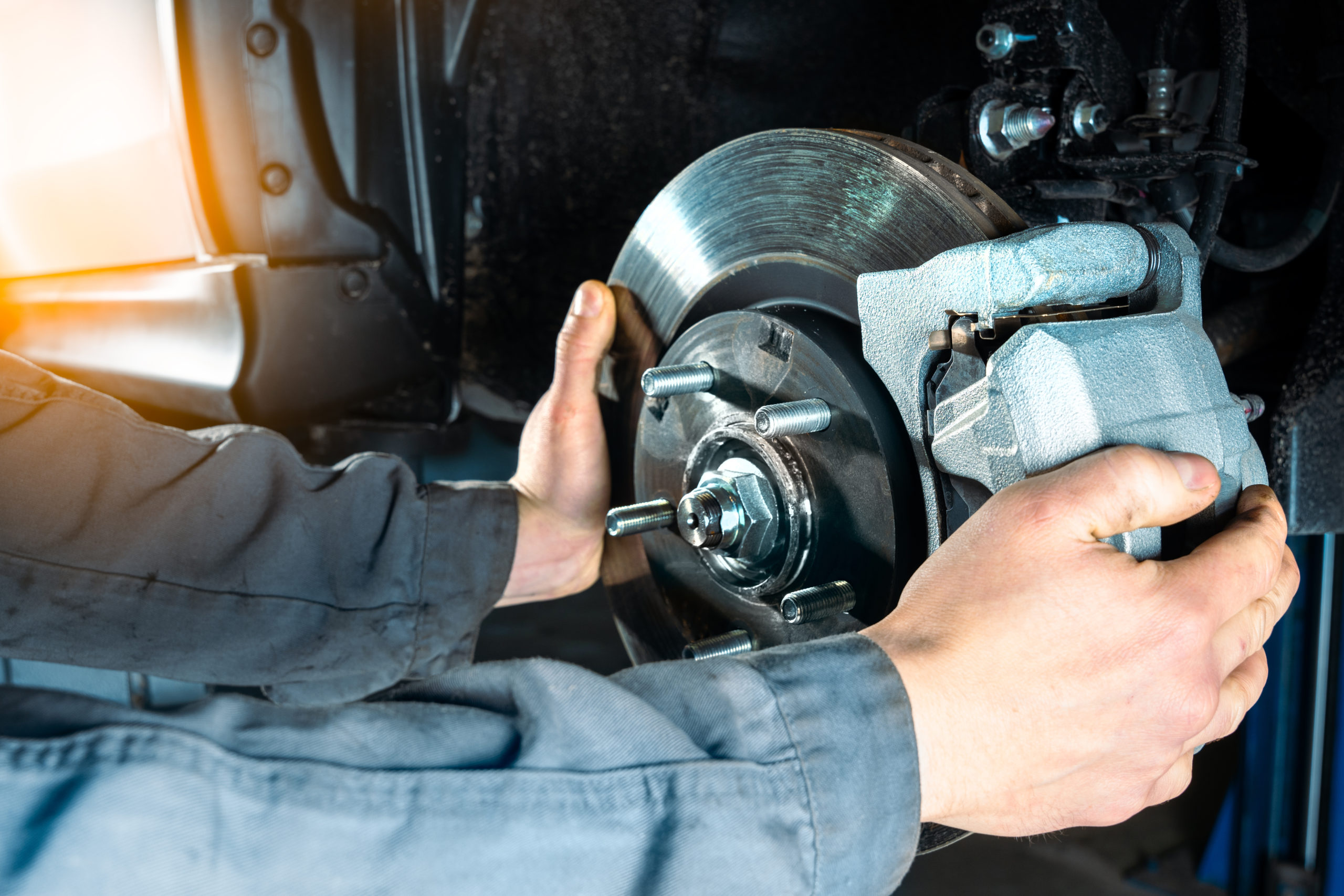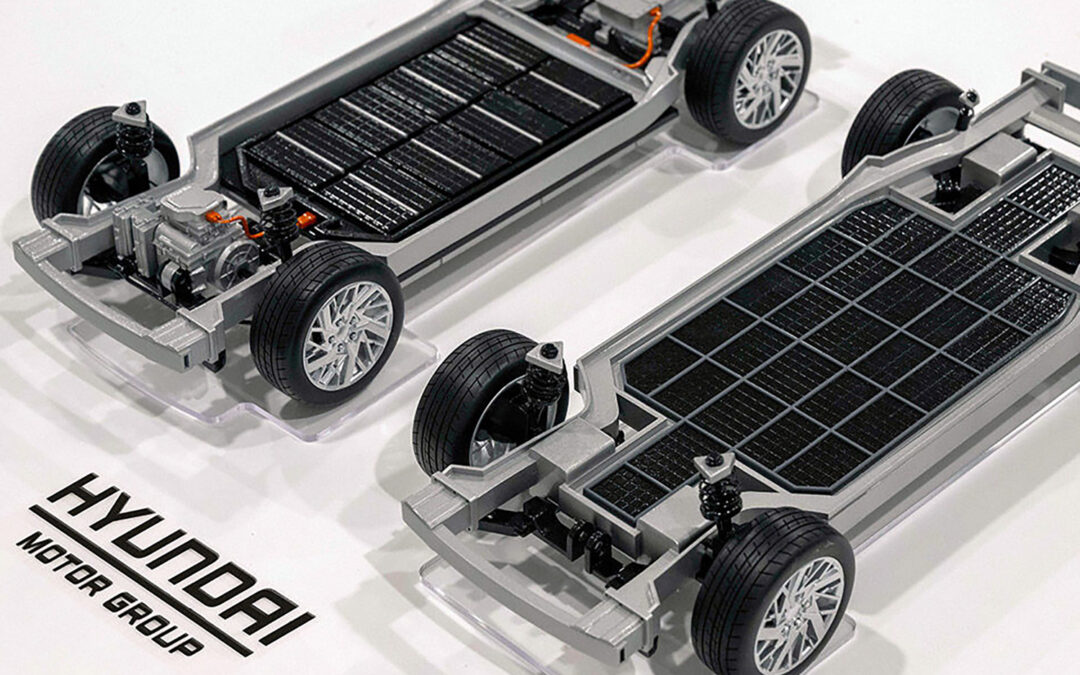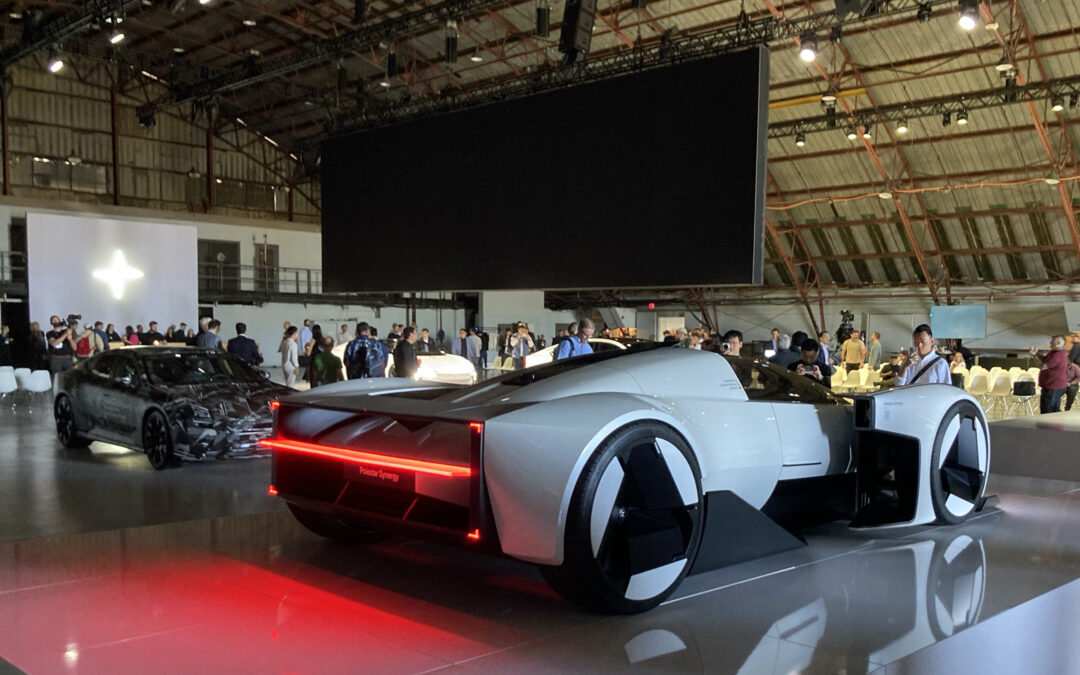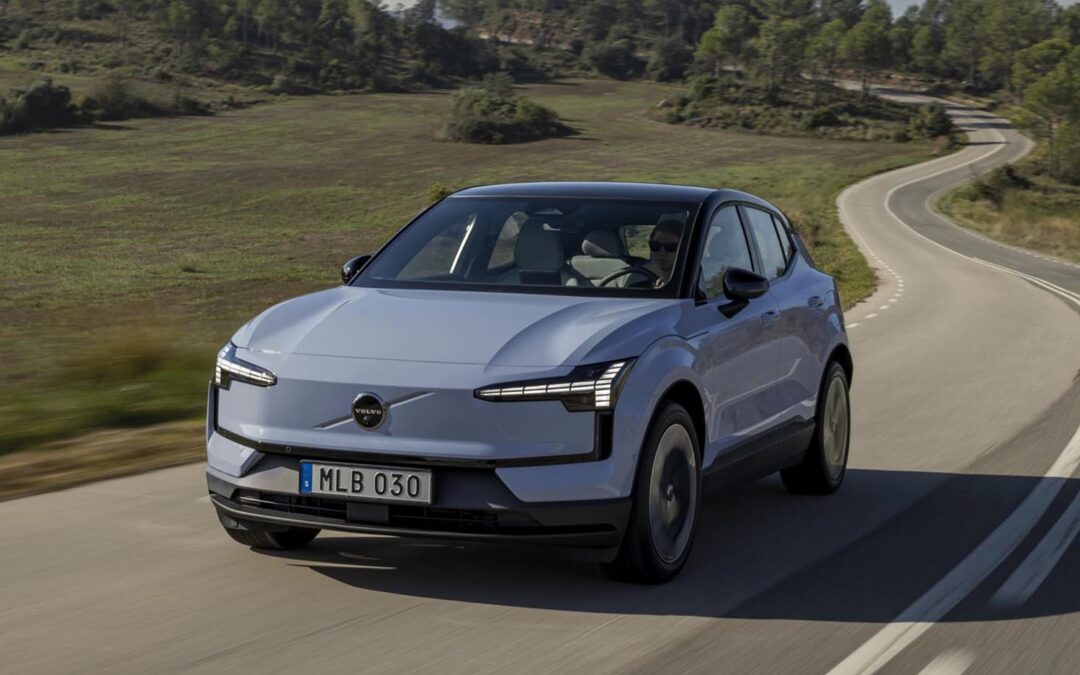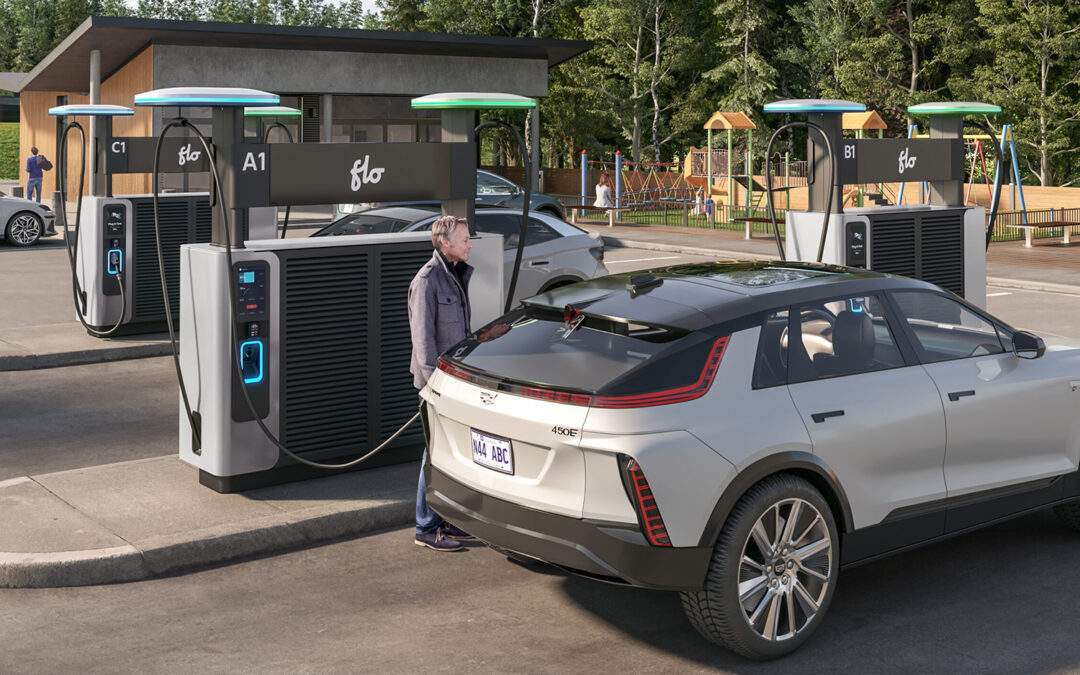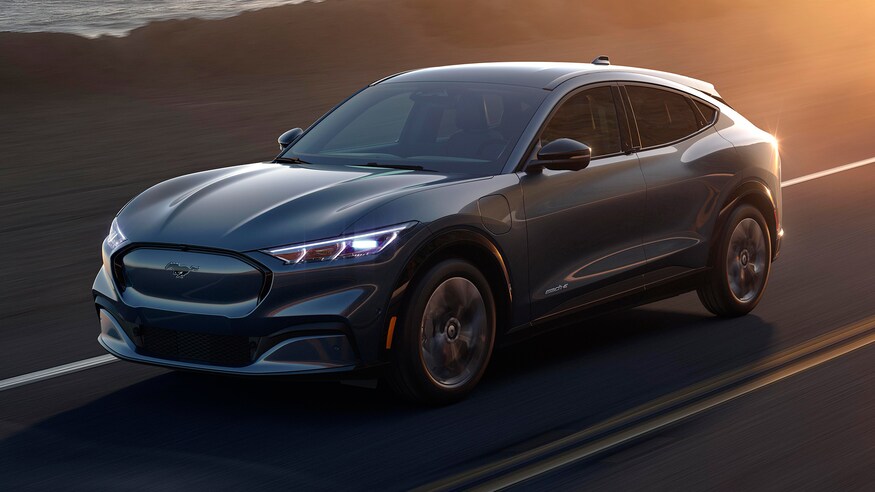Carbon emissions are, understandably, a major focus for regulators; specifically, the production of tailpipe emissions from vehicles. However, the next round of European Union emissions standards, which is due in July, is expected to focus on another, lesser-known source of pollution: brake dust.
According to a 2020 study by the Organisation for Economic Co-operation and Development (OECD), EVs emit more brake dust than gas-powered vehicles, due to the substantial weight of their battery packs. “Wear and tear from brakes, tires and road surfaces will soon overtake car exhaust fumes as the leading source of fine particles released into the air by road traffic,” read the OECD report. “Heavy electric vehicles with long-distance batteries could compound the problem even as they slash emissions from engine exhaust.” Although EVs don’t use their friction brakes as much as gas-powered vehicles, regenerative breaking seemingly isn’t enough to offset the weight of the battery pack.
With this in mind, the Euro 7 standards promises to not only focus on both exhaust and non-exhaust emissions, including brake dust, from “both conventional and electric vehicles alike.” Another, admittedly controversial study from Emissions Analytics, suggests that EVs also emit more tire-related particulate emissions, once again due to the weight of the battery packs. However, EU regulators have not yet identified this as a concern.
It’s also not yet clear how automakers can effectively reduce brake dust while ramping up EV production. However, a recent concept from Stellantis’ DS Automobiles drew from Formula E experience to imagine a future in which EVs abandon the use of friction pads entirely.
